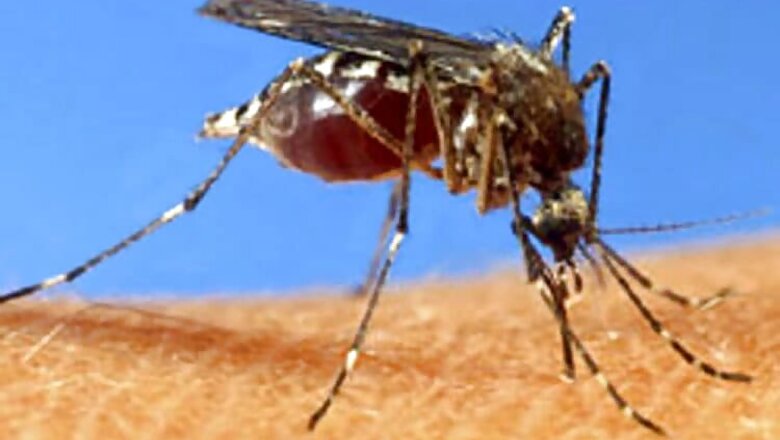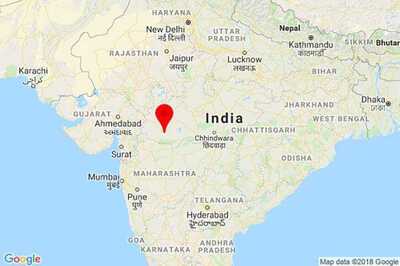
views
Beijing: The first-ever comprehensive genomic analysis of the virus that causes dengue fever suggests that it may survive year-round in China, increasing the risk of more frequent and severe outbreaks in the country.
The study found a surprisingly complex and diverse mix of viral subtypes represented in China and increased risk for more frequent and severe dengue fever outbreaks similar to the 2014 outbreak in Guangdong Province that sickened more than 40,000 people.
"We now have compelling evidence that dengue can persist in China - in some cases up to six to eight years," said Rubing Chen, an evolutionary virologist at the University of Texas Medical Branch, Galveston in US.
"Further, we found a surprisingly complex and diverse mix of viral subtypes represented in China, a factor that can mean greater risk of epidemic dengue in the future," said Chen.
The best current prevention against dengue is avoiding contact with the mosquitoes that transmit the disease through use of insect repellents and mosquito control programmes.
What makes dengue particularly dangerous is that people who have had previous infections are more likely to have severe symptoms if they catch the disease multiple times.
Chen and Guan-Zhu Han, an evolutionary biologist based at Nanjing Normal University in China, evaluated all dengue virus sequences from China available in the public database GenBank - about 1,000-4,000 samples each for the four dengue serotypes (DENV 1-4).
The team found 50 individual variants of DENV-1 in China, with 20 variants of DENV-2, and lower numbers of variants of DENV-3 and DENV-4.
The researchers also identified multiple variants of both DENV-1 and DENV-2 during the 2014 Guangdong outbreak.
"Even within the same year, a person can catch dengue more than once if distantly related variants are circulating in the same region," said Chen.
The study found that the same grouping of Guangdong DENV strains persisted yearly from 2006-2014.
However, given the incomplete information on strains in other Southeast Asian countries such as Indonesia, Laos and Vietnam, it is possible that these strains were imported each year from the same location, according to Chen.
But it is also possible that southern China is now part of an integrated pattern of dengue circulation that includes all of Southeast Asia and southern China, she said.
Researchers said that China is facing a substantial dengue threat, with potential invasion into broader areas of the country, as sporadic cases have been identified in several provinces in recent years.
The combination of a hot, humid climate ideal for breeding mosquitoes and large population centres in southern China combine to make this area a particular concern for public health officials.
The study was published in the American Journal of Tropical Medicine and Hygiene.



















Comments
0 comment